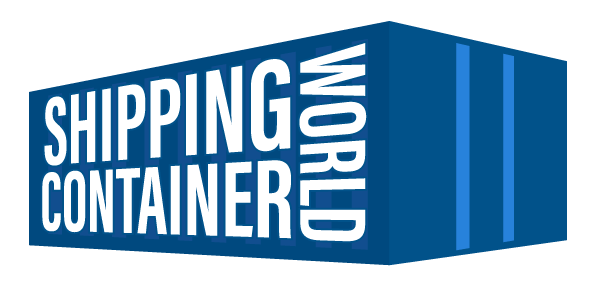Taking a Closer Look at an ISO Container
There are many different types of containers for shipping freight, all of which have their own specific characteristics and uses. One of those types of containers is the intermodal container, usually known as the ISO container. As the name would suggest, these containers are used for intermodal transportation of freight. As is the case with many different types of containers, they are regulated and set the standards that are established by the International Organization for Standardization (ISO).
ISO containers can be used for a wide variety of purposes. One of the benefits of these particular types of containers is the fact that you are not limited by one certain type of shipping method. They can be moved from one transportation type to another, including rail, truck and shipping. This makes it possible for to transport the freight over a wide variety of conditions and areas, getting it to places that may not be easily accessible by one particular method of shipping alone.
As far as the specific regulations of the International Organization for Standardization, they are really there to ensure that the container is able to withstand the conditions that may be experienced during transport. At times, it may be possible that extreme environmental conditions could be experienced by the container, especially if it is being transported over a long distance. Another reason why the ISO standards are in place is to ensure that the container is able to be lifted by various types of heavy equipment, including cranes.
A number of different types of ISO containers exist, and it would really depend upon your needs as to which one would be chosen. Some of the different types of containers that are available include open top, refrigerated, chassis trailer, flat rack, drive freight and insulated. If you are unsure as to which of these types of containers are best for your needs, you can contact us for more information.
One of the features of the ISO container is the Container Safety Certificate (CSC). This certificate is supplied by the manufacturer and issued for every container. A certified inspector must physically view the container on a regular basis in order for the certificate to be renewed. That renewal will take place every 30 months. It may also be possible for a continual inspection and examination program to be established for the containers as well.
One of the hardest parts about choosing a container is the fact that there are different types available. One important factor to consider is the size of the container, as you would certainly want it to fit the freight that is being shipped. You should also understand the various codes that are used as identification and marking for the containers as they may provide insight into other features that are available with it.
Shipping freight may require a variety of different options, one of which is certainly going to be the container that is being used. ISO containers can provide what your company needs, especially if you are shipping it over a long distance.
